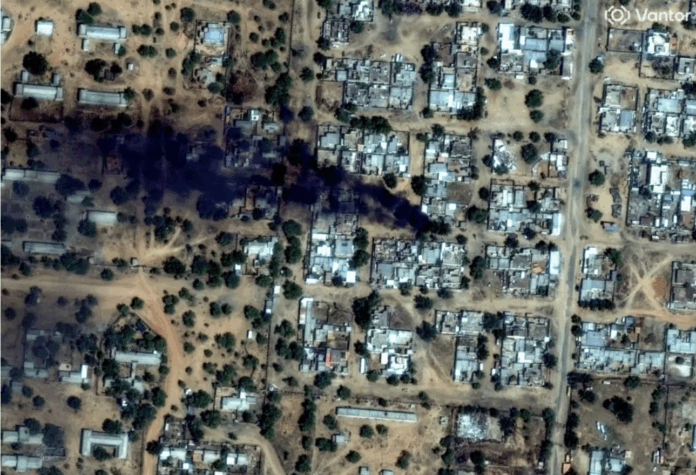The Fall of El-Fasher: A Foretold Tragedy, Softened by Media Euphemisms
On Monday, October 27, 2025, the city of El-Fasher, the last remaining stronghold in Darfur, fell into the hands of the Rapid Support Forces (RSF) after 18 months under siege. This western Sudanese metropolis, once a symbol of resistance, now lies ravaged—its streets filled with corpses, its hospitals turned into execution grounds. The massacres in El-Fasher, brazenly filmed by the perpetrators themselves, lay bare not only the extent of the violence but also the moral failure of an international system dominated by strategic silence and selective outrage.
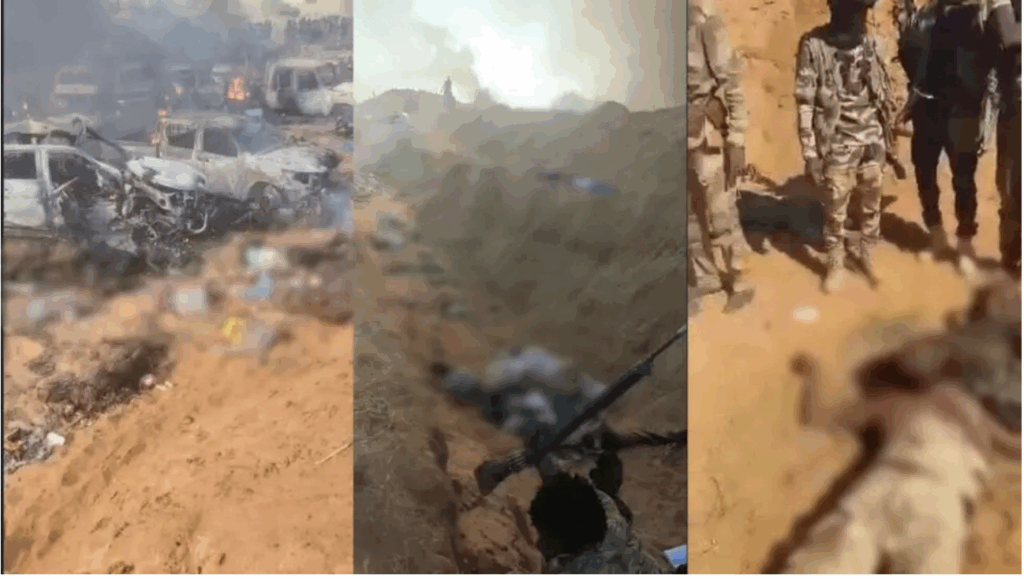
Images That Speak Louder Than Diplomatic Briefings
While Western chancelleries—Washington leading the way—limit themselves to hollow calls for “restraint” and “inclusive dialogue,” RSF fighters parade their atrocities online: speeding pick-ups, mass graves clearly visible from space, executions filmed with perverse pride. Abu Lulu, one of the RSF commanders, poses smiling beside a pit filled with bodies—an image more honest than any official press release.
In a predictable public relations stunt, the RSF later claimed to have arrested Abu Lulu, despite his repeated appearances wearing RSF insignia in TikTok videos posted days earlier. A cynical gesture, aimed at mollifying foreign donors, not delivering justice.
Hospitals as Killing Grounds: Deliberate Instruments of Terror
Civilians executed in medical school corridors. A defenseless man shot in the back. Hospitals for children and mothers turned into blood-soaked arenas. Satellite imagery from Yale and testimonies from the WHO confirm systematic executions inside El-Fasher’s health institutions. The blacked-out communications, the lack of journalists on the ground—these are no accident. They are part of the method.
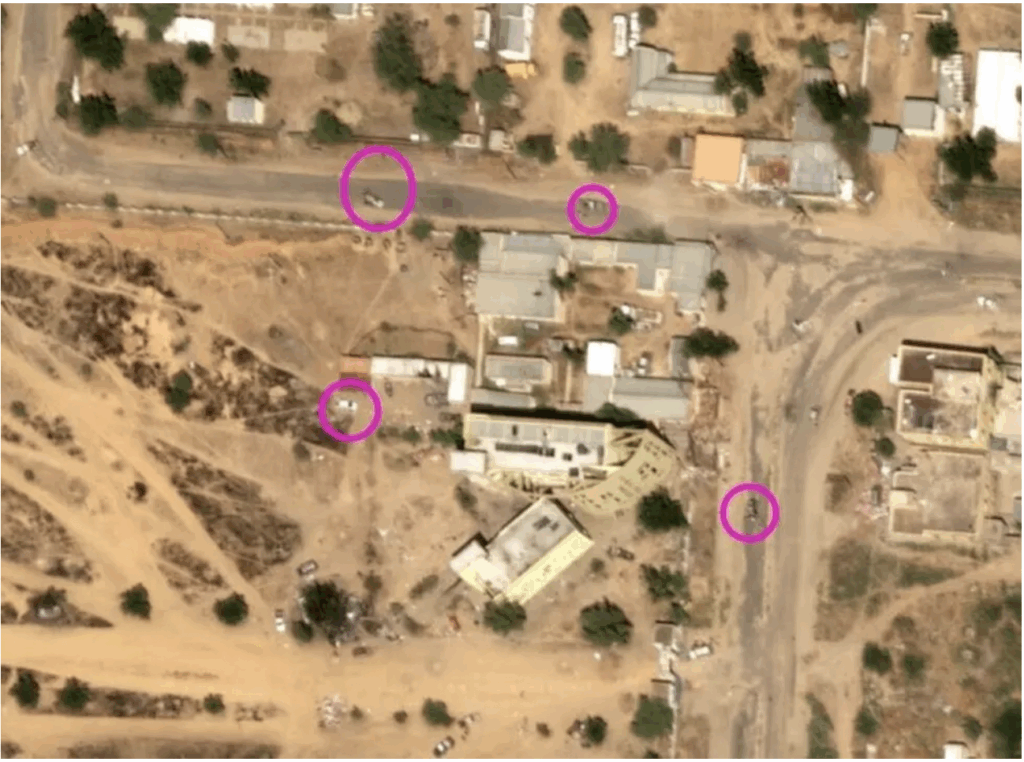
Red Zones from Above: Mass Graves and Rising Smoke
In the western neighborhood of Daraja Oula, mass graves appear in satellite imagery as red-tinted zones—human remains dumped and then displaced to cover tracks. Meanwhile, armed pick-ups and scorched homes are visible across the city. The Western media’s normalization of such images—rendered mute by euphemisms—raises difficult questions. Why this silence? Why this refusal to name the perpetrators?
Satellite data show plumes of smoke from October 26, marking the final offensive. Yet in Brussels, Paris, and Washington, the same vague communiqués are recycled. The blood in El-Fasher simply does not serve their strategic calculus.
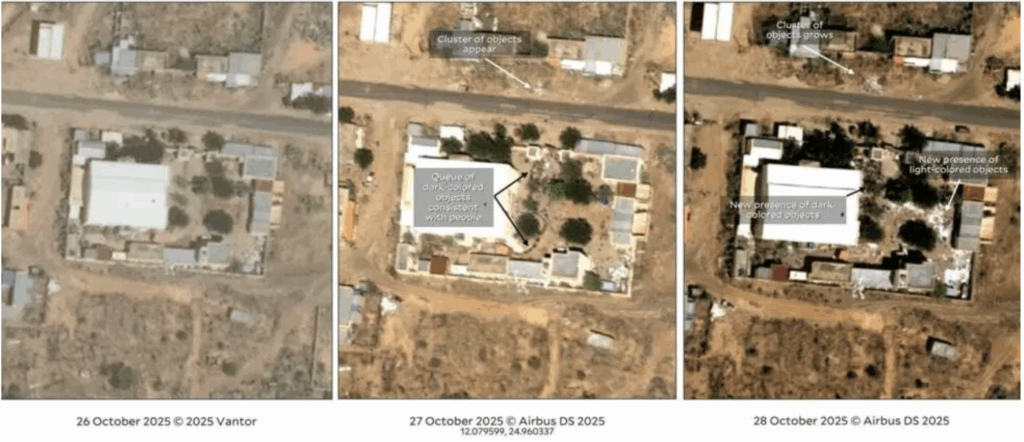
Flee or Die: A Humanitarian Lottery
Trapped civilians were forced to choose: pay to escape, or die trying. According to UNICEF, RSF fighters demanded bribes from women and children seeking safe passage. Those with nothing stayed. And those who stayed were massacred. This wasn’t chaos—it was a calculated triage. NGOs, handcuffed by communication blackouts and confiscated phones, struggle to document the scale of the atrocities. Meanwhile, Western humanitarian agencies issue bland updates about “vulnerable populations.”
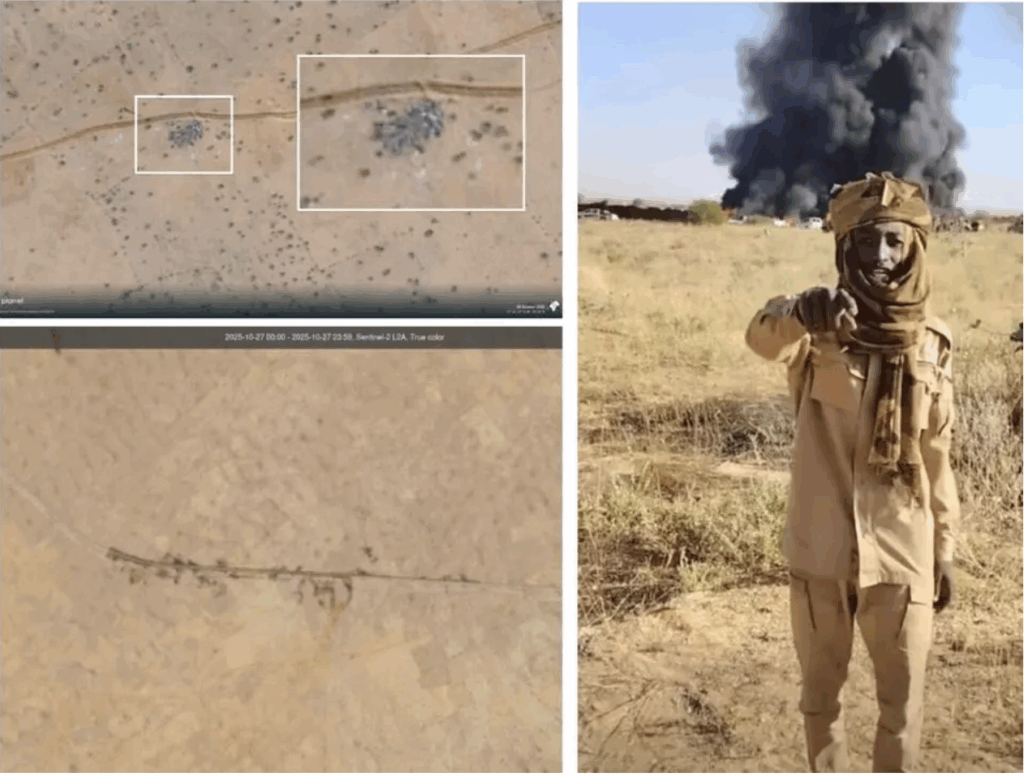
El-Fasher, a Mirror of a Morally Collapsed Global Order
The massacres in El-Fasher reveal more than the horrors of Sudan’s civil war. They expose the erosion of a world order built on double standards—where outrage is rationed, and moral clarity is conditional. While militias flaunt their crimes on TikTok, the UN issues recycled statements. El-Fasher has fallen. And with it, so has any illusion of a principled international community.



